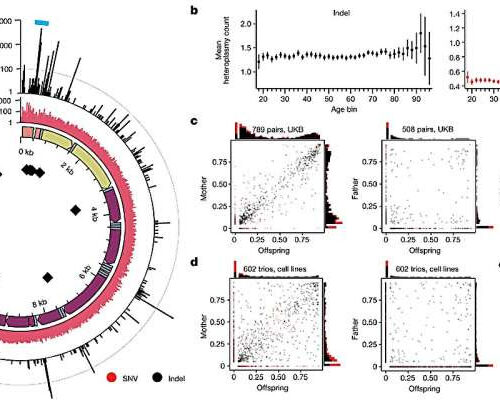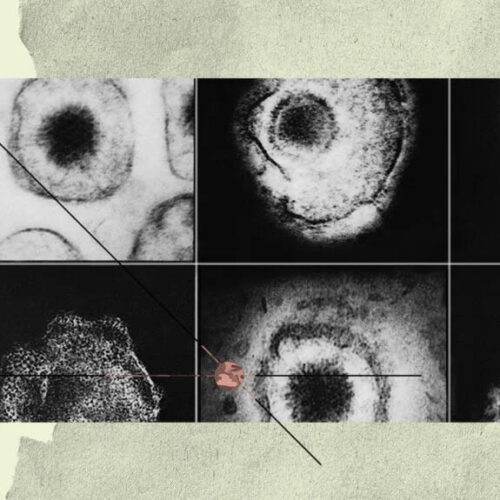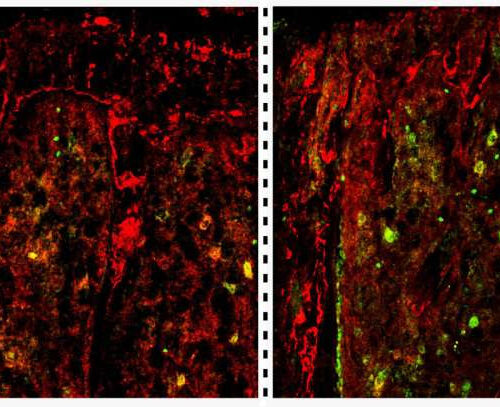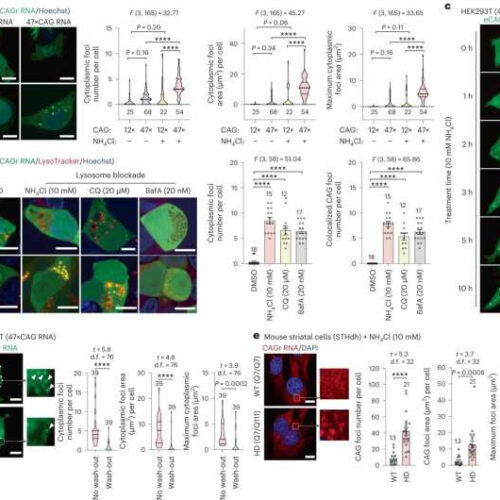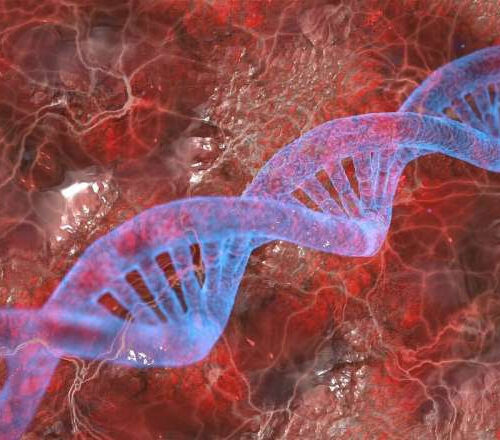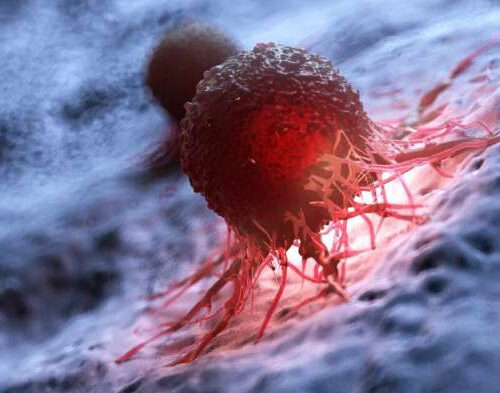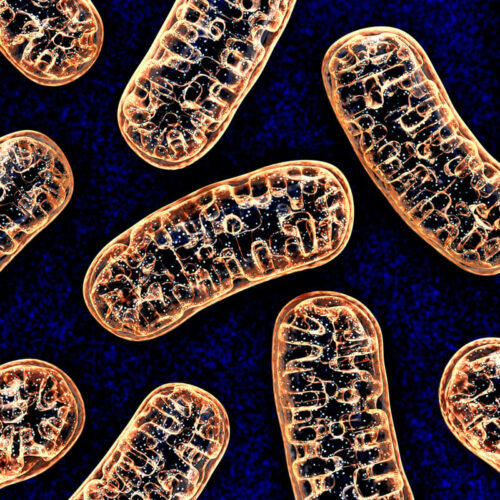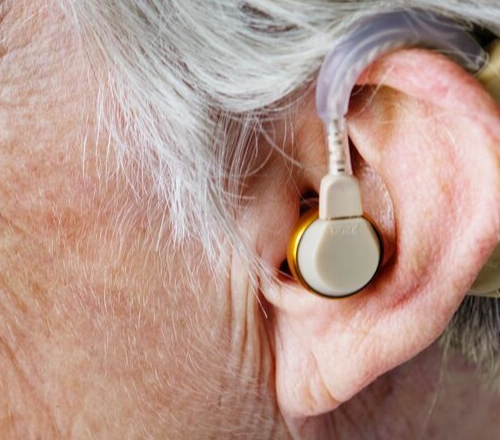Pervasive nuclear genetic control over common mtDNA heteroplasmies. a, Quality control (QC)-passing mtDNA heteroplasmies in UKB and AoU. From the inside: mtDNA positions of poly-C tracts; genomic annotations (orange, HVR; yellow, rRNA genes; blue, tRNA genes; purple, coding genes); heteroplasmic SNV counts (red); heteroplasmic indel counts (black). The teal arc region is the focus of...
Category: <span>Genetics</span>
Melanoma: Genetically modified herpes virus may improve treatment
Researchers used a genetically modified herpes virus to treat advanced melanoma in a recent phase 2 clinical trial. Design by MNT; Photography by Smith Collection/Gado/Getty Images Advanced melanoma patients often face a risk of recurrence postsurgery. New approaches, like immunotherapies before surgery, could potentially help improve the body’s ability to fight cancer and improve patient...
Scientists unravel how TET2 gene deficiency fuels development of acute myeloid leukemia
by City of Hope National Medical Center The return (i.e., homing) of leukemia stem cells (green) to the bone marrow microenvironment/niche (red) is substantially enhanced by low levels of TET2, at right, compared to the wild-type version of the gene. Credit: Jianjun Chen Laboratory/City of Hope Scientists at City of Hope, one of the largest cancer...
Israeli scientists make model to test for breast cancer genetic risk – study
According to researchers at Tel Aviv University (TAU), this new model could help with personalized early detection for breast cancer. By JUDY SIEGEL-ITZKOVICH Published: AUGUST 16, 2023 16:47Updated: AUGUST 16, 2023 16:48 A 3D rendering of cancer cells (Illustrative).(photo credit: INGIMAGE)Advertisement Every case of breast cancer in women (and a minority of men) is somewhat different. A new model developed in...
Study uncovers potential new source of genetic mutations that cause neurodegenerative disease
by University of Plymouth The eCAGr RNA forms cytoplasmic gel-like condensates degraded by the lysosomes. a, Representative images and quantifications of eCAGr RNA condensates (foci) in transfected HEK293T cells expressing the indicated RNA together with MS2CP–YFP as the foci detector. b, Representative images and quantifications of eCAGr RNA foci and the lysosomes in HEK293T cells treated with the...
Study supports hypothesis that mitochondrial dysregulation is a contributor to the development of schizophrenia
by Rutgers University Credit: Pixabay/CC0 Public Domain Researchers at Rutgers and Emory University are gaining insights into how schizophrenia develops by studying the strongest-known genetic risk factor. When a small portion of chromosome 3 is missing—known as 3q29 deletion syndrome—it increases the risk for schizophrenia by about 40-fold. Researchers have now analyzed overlapping patterns of altered gene activity...
Study shows promise of gene therapy for alcohol use disorder
OREGON HEALTH & SCIENCE UNIVERSITY A form of gene therapy currently used to treat Parkinson’s disease may dramatically reduce alcohol use among chronic heavy drinkers, researchers at Oregon Health & Science University and institutions across the country have found. The study in nonhuman primates showed that implanting a specific type of molecule that induces cell growth effectively...
Genetically engineered bacteria can detect cancer cells in a world-first experiment
by Dan Worthley, The Conversation Credit: Shutterstock As medical technology advances, many diseases could be detected, prevented and cured with cells, rather than pills. This branch of medicine is called cellular or cell therapy. It’s already used in clinical practice in some situations, such as patients receiving fecal microbial transplants (“poo transplants”) when they have a severe gastrointestinal infection,...
Long COVID may be caused by damage to cells’ energy generators
By Paul McClure August 11, 2023 A study has found that SARS-CoV-2 damages the genes of mitochondria, the cell’s powerhouses, in the lungs and other organs Depositphotos A new study has found that SARS-CoV-2, the virus that causes COVID-19, damages the genes of the mitochondria, the cell’s energy generators, causing dysfunction in organs other than...
Researchers reverse hearing loss in mice
New research from the Institute of Psychiatry, Psychology & Neuroscience (IoPPN) at King’s College London has successfully reversed hearing loss in mice. This proof-of-concept study suggests that gene therapy for this type of hearing loss in humans may be successful in the future. The research, published in Proceedings of the National Academy of Sciences, used a genetic approach to...

